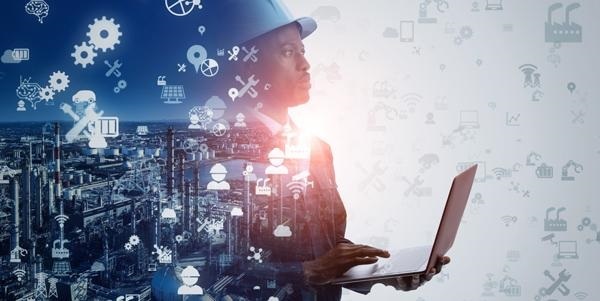
Introduction
Hot desking has become a popular trend in modern workplaces, revolutionizing the way businesses utilize office space and promote flexibility among their employees. In this comprehensive guide, we will delve into the concept of hot desking and explore everything you need to know about it, with a particular focus on the role of hot desking software in optimizing this flexible work arrangement.
I. Understanding Hot Desking
Hot desking is a workspace strategy where employees do not have assigned desks but instead choose from a pool of available workspaces on a first-come, first-served basis. This approach aims to maximize office space, foster collaboration, and accommodate the evolving needs of a dynamic workforce.
II. Benefits of Hot Desking:
-
Cost Efficiency: Hot desking allows organizations to optimize their office space, reducing the need for excess square footage. This, in turn, lowers real estate costs, making it a financially savvy option for businesses.
-
Flexibility and Collaboration: Employees have the freedom to choose their workspace based on their tasks for the day, promoting a dynamic and collaborative work environment. Hot desking breaks down silos and encourages interaction among team members.
-
Resource Optimization: With hot desking, resources such as desks, meeting rooms, and common areas are utilized more efficiently, leading to a reduction in wasted space and improved overall resource management.
III. Challenges of Hot Desking:
-
Lack of Personalization: Some employees may find it challenging to adapt to a constantly changing workspace, missing the sense of ownership and personalization that comes with having a dedicated desk.
-
Logistical Issues: Coordinating desk availability, managing bookings, and ensuring a smooth transition between workspaces can pose logistical challenges for both employees and the management.
IV. Hot Desking Software: Maximizing Efficiency and Overcoming Challenges:
-
Desk Booking Systems: Hot desking software often includes desk booking systems, room scheduling software that allowing employees to reserve a workspace in advance. This feature helps streamline the process, reducing conflicts and ensuring a smooth transition between workstations.
-
Occupancy Sensors: Some hot desking software integrates occupancy sensors to monitor desk usage. This data can be analyzed to optimize office layouts, identify peak usage times, and enhance overall workspace efficiency.
-
Mobile Apps for Seamless Booking: Many hot desking solutions offer mobile apps that enable employees to book desks, meeting rooms, and other resources conveniently from their smartphones. This enhances the user experience and encourages greater adoption of hot desking practices.
-
Analytics and Reporting: Hot desking software often provides analytics and reporting features, allowing management to track workspace utilization, identify trends, and make data-driven decisions to further optimize the office environment.
V. Implementing Hot Desking Successfully:
-
Communication and Training: Successful implementation of hot desking requires effective communication and training. Employees should be informed about the benefits, logistics, and proper usage of hot desking software.
-
Employee Feedback and Adaptation: Regular feedback sessions and adaptation strategies are essential to address any challenges and ensure that the hot desking approach aligns with the evolving needs and preferences of the workforce.
Conclusion
Hot desking, when implemented thoughtfully and supported by robust hot desking software, can revolutionize the way organizations utilize office space, promote collaboration, and adapt to the changing dynamics of the modern workplace. Embracing this flexible work arrangement can lead to increased efficiency, cost savings, and a more agile and engaged workforce.


